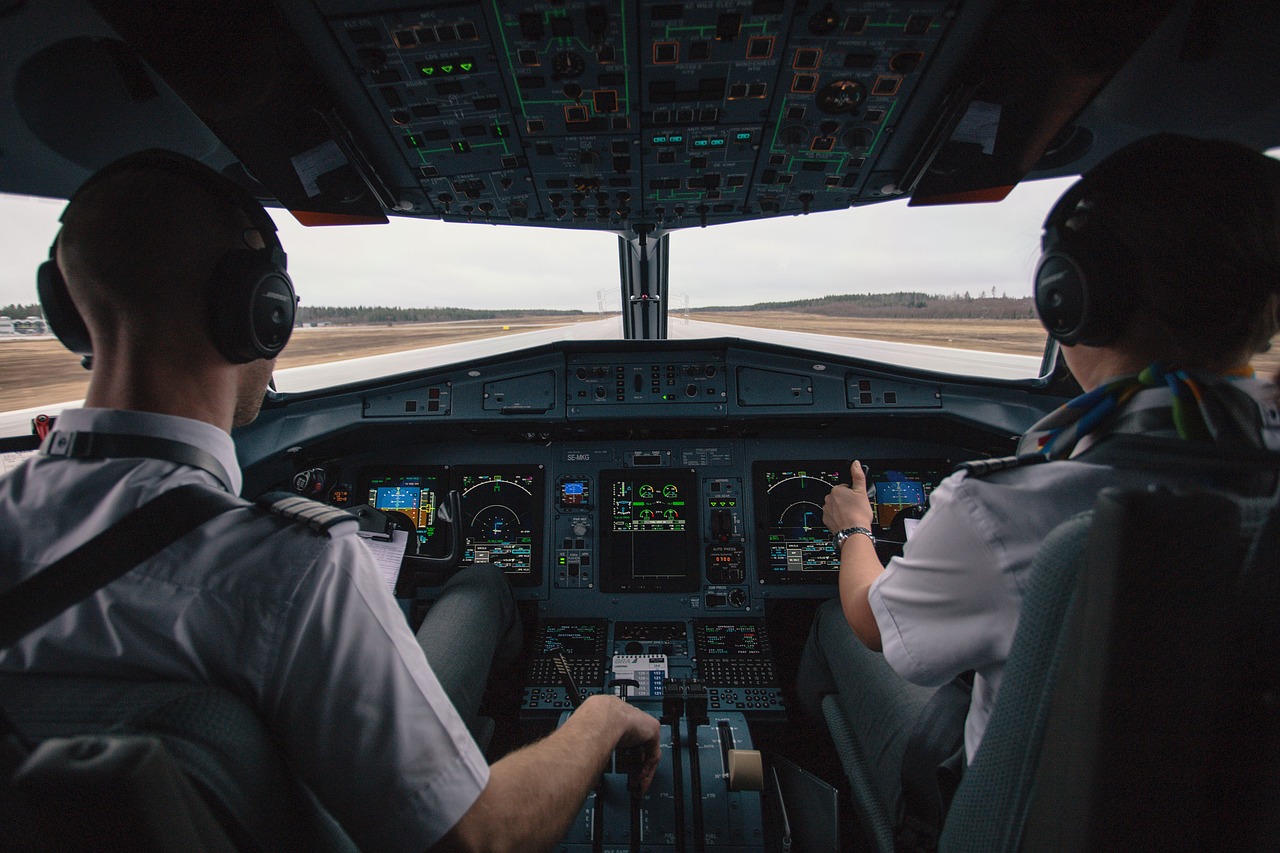The Evolution of Air Travel: Changes and Trends
Commercial airports play a crucial role in the modern world, serving as hubs that connect people and goods across the globe. These complex infrastructures are not just places of transit but also serve as economic drivers for the regions they are situated in. With the rise of commercial aviation in the early 20th century, airports have evolved to become sophisticated facilities that cater to the needs of millions of passengers every year.
The growth of commercial aviation has led to the development of airports that are equipped with state-of-the-art technology and facilities to ensure the smooth operation of flights. From check-in counters and security checkpoints to restaurant and retail outlets, airports have become bustling centers of activity where travelers from diverse backgrounds converge. The design and layout of airports are carefully planned to facilitate efficient movement of passengers, luggage, and aircraft, making air travel a convenient and accessible mode of transportation for people worldwide.
The Era of Supersonic Travel
In the not-so-distant future, commercial aviation could witness a revolutionary shift with the resurgence of supersonic travel. Imagine reducing the transatlantic flight time by half, making it feasible to jet from New York to London in just a few hours. This heightened speed and efficiency promise to redefine the way we perceive long-haul air travel and could potentially open up new opportunities for both business and leisure travelers alike.
One of the frontrunners in the race to bring back supersonic passenger flights is a company called Boom Supersonic, with their flagship aircraft named Overture. Promising to operate on sustainable aviation fuel, this next-generation airliner seeks to combine speed with eco-consciousness, marking a significant departure from the fuel-guzzling Concorde era. With renewed interest and advancements in aerospace technology, the era of supersonic travel may soon once again grace the skies, offering a glimpse into a future where distance becomes a mere inconvenience.
What is supersonic travel?
Supersonic travel refers to traveling at speeds faster than the speed of sound, which is approximately 767 miles per hour at sea level.
What is the significance of supersonic travel?
Supersonic travel allows for much faster travel times, reducing the duration of flights significantly. This can be a game-changer for business travelers and those looking to save time.
How does supersonic travel differ from subsonic travel?
Subsonic travel refers to traveling at speeds below the speed of sound, while supersonic travel refers to traveling at speeds faster than the speed of sound.
Are there any supersonic commercial flights available currently?
As of now, there are no commercial airlines offering supersonic flights. However, there are companies working on developing supersonic commercial aircraft for the future.
What are some challenges of supersonic travel?
Some challenges of supersonic travel include high operating costs, sonic booms, and environmental concerns related to fuel consumption and emissions.
When can we expect supersonic commercial flights to become a reality?
While there is no exact timeline, some companies are aiming to launch supersonic commercial flights within the next decade, with advancements in technology and regulations paving the way for this possibility.





